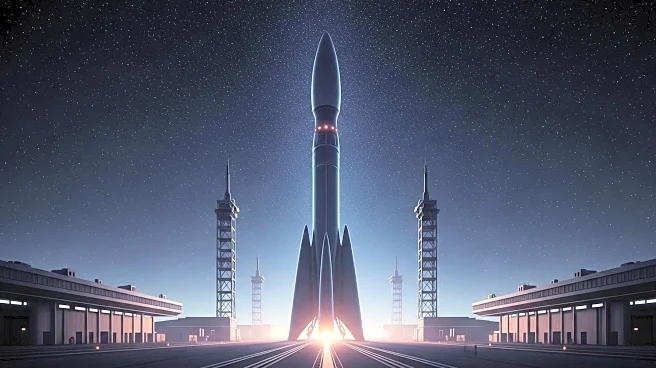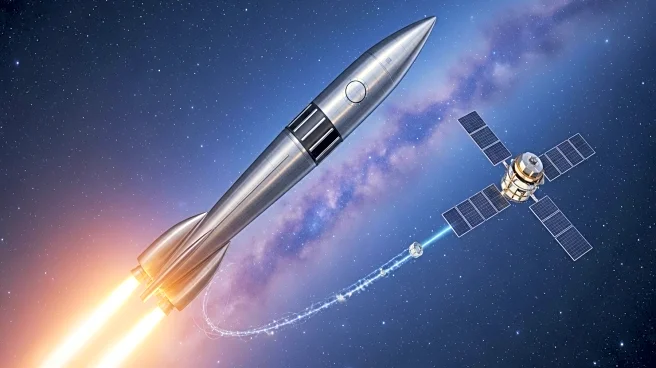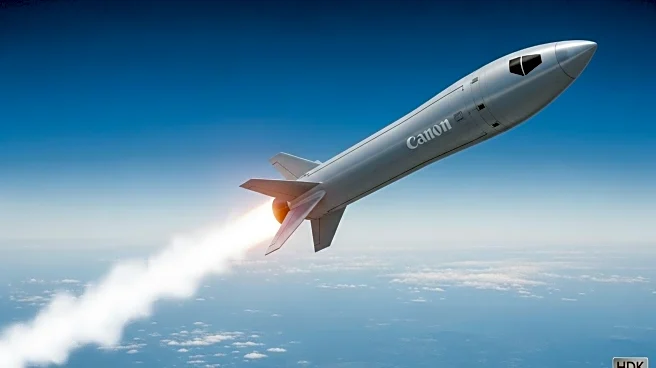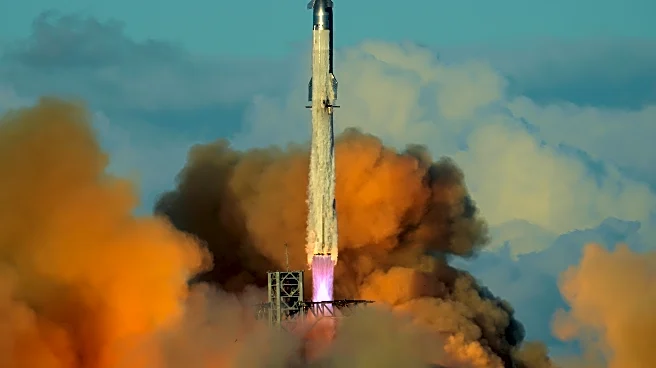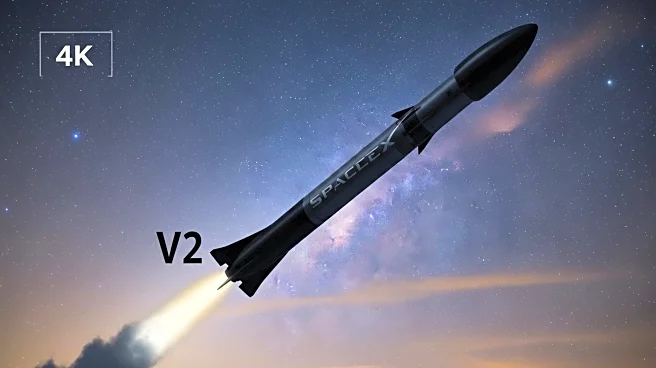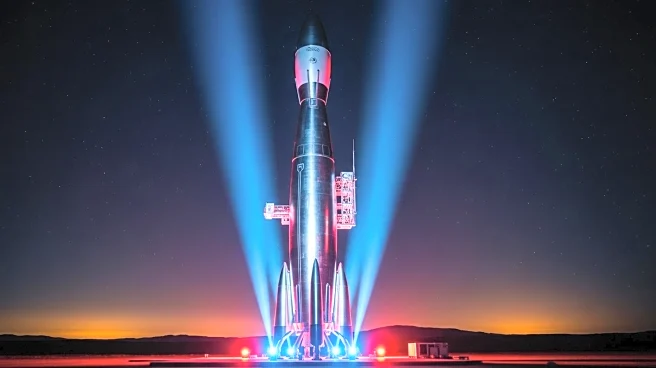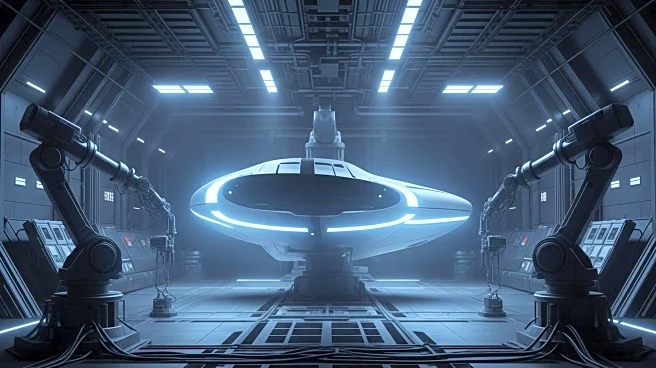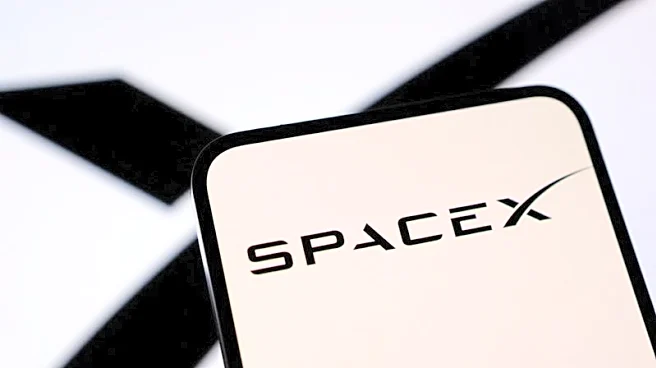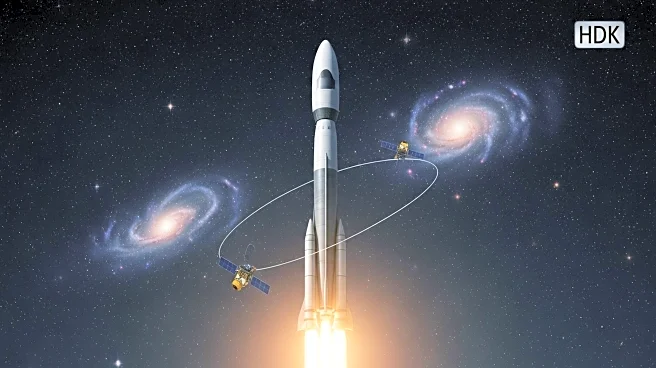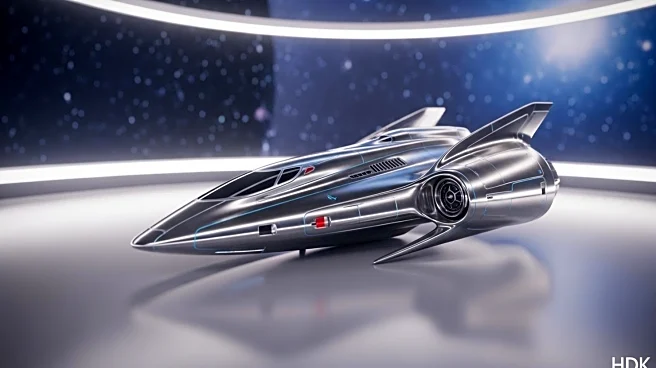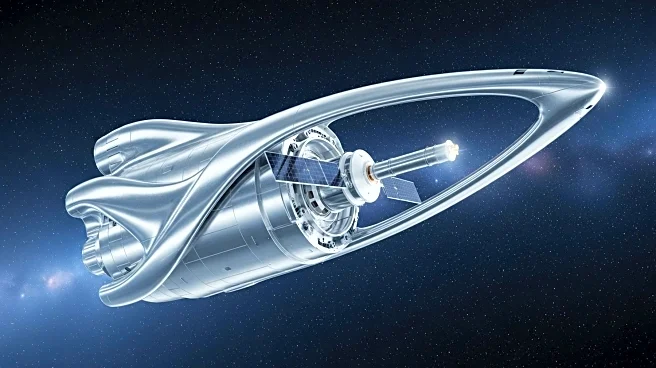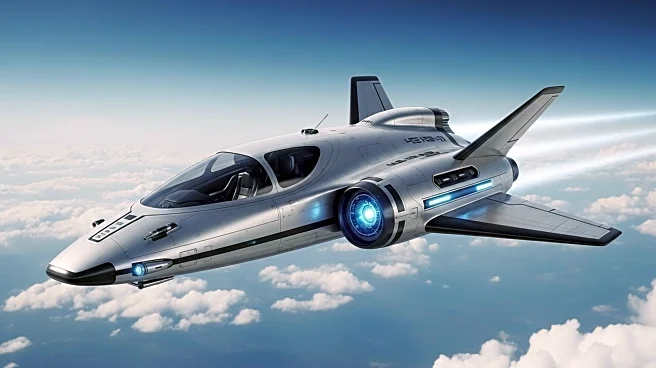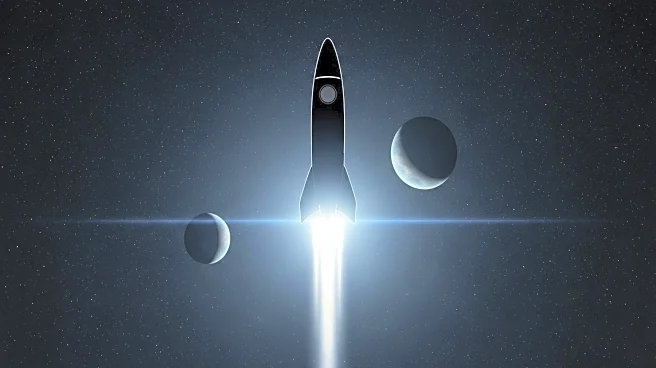What's Happening?
SpaceX successfully completed the final test flight of its Starship V2 configuration, marking the transition to the V3 era. The test involved deploying eight mock Starlink satellite simulators and trialing a new 'dynamic banking maneuver' for future return-to-pad
attempts. The Super Heavy booster executed a new landing-burn profile, culminating in a planned splashdown in the Gulf of Mexico. The upper stage also splashed down in the Indian Ocean. The V3 prototype will feature upgrades for in-orbit docking and propellant-transfer demonstrations, essential for missions to the moon and Mars.
Why It's Important?
The transition to the Starship V3 prototype represents a significant advancement in SpaceX's capabilities, with implications for both commercial and governmental space missions. The V3's enhanced features are crucial for NASA's Artemis campaign, which aims to land astronauts on the moon. SpaceX's progress in developing reusable rockets and advanced technologies could lower costs and increase the frequency of space missions, benefiting industries reliant on satellite deployment and space exploration. The success of the V2 era sets the stage for more ambitious projects, potentially accelerating the timeline for human exploration of Mars.
What's Next?
SpaceX plans to conduct the first orbital flights with the V3 prototype, focusing on operational payload missions and propellant transfer. The company is upgrading launch facilities at Starbase and Cape Canaveral to accommodate the new prototype. As SpaceX continues to develop the Starship program, it will need to demonstrate complex milestones, such as orbital docking, to meet NASA's requirements for the Artemis mission. The success of these tests will be critical for maintaining the timeline for lunar and Martian exploration.
Beyond the Headlines
The advancements in the Starship program reflect broader trends in the space industry, where private companies are increasingly taking on roles traditionally held by government agencies. This shift raises questions about the future of space exploration and the balance between commercial interests and scientific goals. The development of reusable rockets also has environmental implications, as it could reduce the carbon footprint of space missions.
